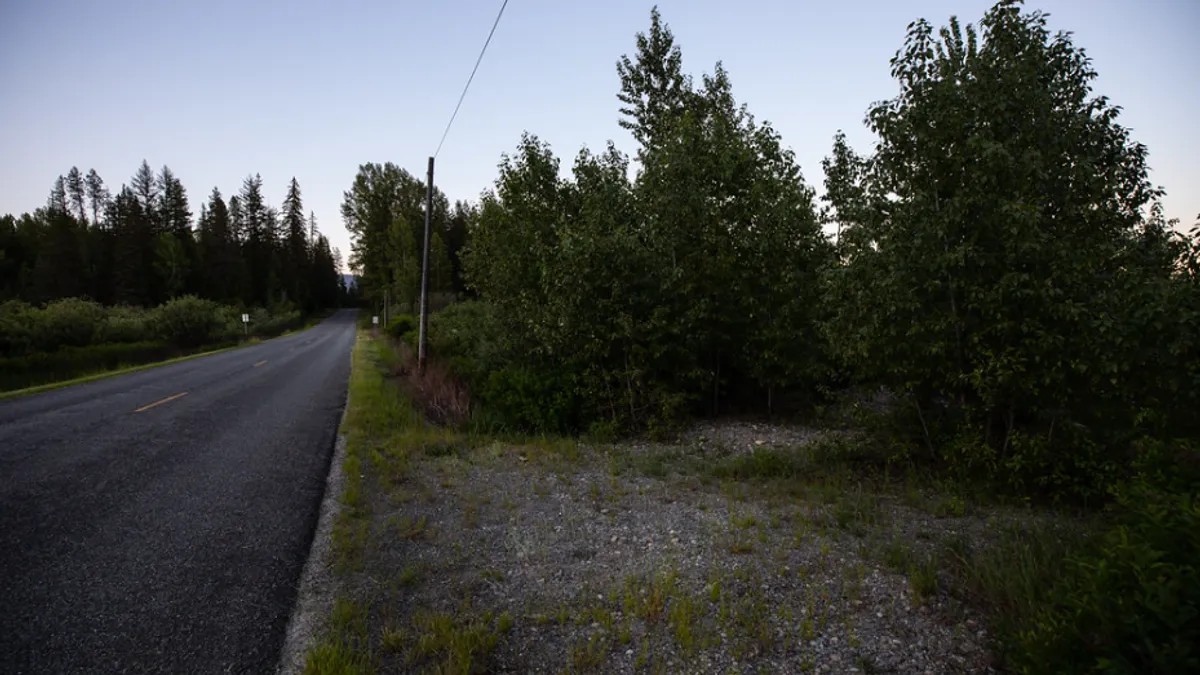In a decision that will have an impact on development projects across the country, a household won a 15-year fight with the Environmental Protection Agency to backfill its property to build a house on a picturesque piece of land near a lake. The U.S. Supreme Court yesterday in Sackett v. EPA ruled against the agency and overturned lower court decisions to set out a more stringent test of what qualifies as “waters” of the United States under the 1972 Clean Water Act.
Rather than apply a “significant nexus” test from Rapanos vs. the United States that the U.S. Court of Appeals for the 9th Circuit applied to the wetland on the household property, the court said a wetland is considered part of the “waters” of the United States if it flows directly into navigable waters, what the court called a “continuous surface connection” between the wetland and the body of water.
The continuous surface connection is more stringent than the significant nexus test because it requires a wetland to essentially be indistinguishable from a navigable body of water and not just play a role in the body of water’s biological integrity.
“The Clean Water Act’s use of ‘waters’ refers only to ‘geographic[al] features that are described in ordinary parlance as “streams, oceans, rivers, and lakes’” and to adjacent wetlands that are ‘indistinguishable’ from those bodies of water due to a continuous surface connection,” the court said in its ruling written by Associate Justice Samuel Alito.
Although she agreed the wetland on the household’s property was not “waters” under the Clean Water Act and joined in the unanimous decision, Associate Justice Elena Kagan in a dissenting opinion said the “continuous surface connection” goes too far. It ignores the idea, supported by Associate Justice Brent Kavanaugh in his own dissent, that a wetland can be adjacent to a body of water without having a continuous surface connection, leaving some 90 million acres of wetlands exposed to losing Clean Water Act protections.
“For example, the Mississippi River features an extensive levee system to prevent flooding,” said Kagan in her dissent, joined by associate justices Sonia Sotomayor and Ketanji Brown Jackson. “Under the Court’s ‘continuous surface connection’ test, the presence of those levees (the equivalent of a dike) would seemingly preclude Clean Water Act coverage of adjacent wetlands on the other side of the levees, even though the adjacent wetlands are often an important part of the flood-control project.”
Organizations with commercial and residential development interests touted the decision on property rights grounds.
“The Supreme Court has provided long overdue relief for companies and landowners across our nation,” said Marty Durbin, a senior official at the U.S. Chamber of Commerce.
The ruling “helps property owners utilize their land to the fullest extent possible,” Kenny Parcell, president of the National Association of Realtors, said in a statement. “This ruling has lifted a burden from homebuilders across the country, reinforcing that the government should not create excessive barriers in the homebuilding sector, especially when the United States currently has a housing shortage of 5.5 million units."
One outcome of the ruling will likely be more stringent clean water laws enacted in some states but not others, said Sam Sankar, a lawyer at environmental group Earthjustice.
"The on-the-ground impacts will be most severe in states that are most favorable to polluters and least interested in environmental protections," he said in an NBC News report.











